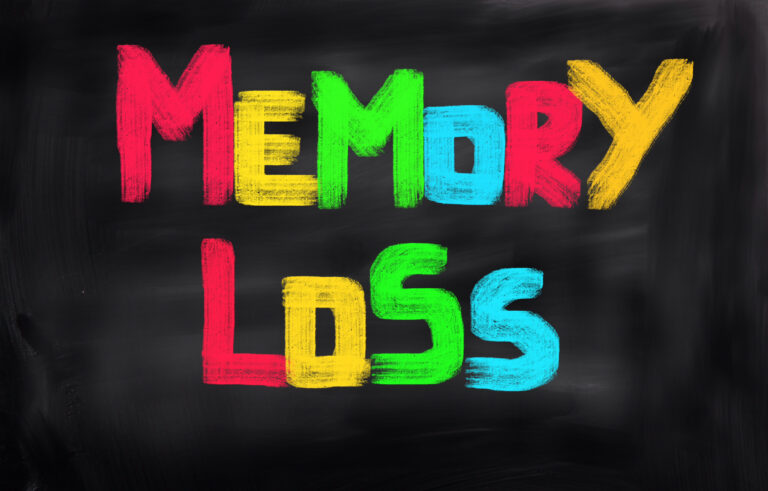Seasonal Affective Disorder, or SAD, is a type of depression that happens at certain times of the year, usually in the darker months like fall and winter. It’s linked to less sunlight exposure, which can mess with your body’s internal clock and mood chemicals.
One big reason for SAD is how less daylight affects your circadian rhythm—this is your body’s natural schedule that controls sleep, energy, and mood. When this rhythm gets out of sync because it’s darker outside for longer periods, you might feel more tired or down than usual.
Sunlight helps your brain make important chemicals like serotonin and dopamine. These keep you feeling happy and awake. Without enough light, these chemical levels drop, making you feel sad or sluggish.
So how do you fight back against SAD? Here are some simple ways:
– **Get outside during daylight hours**: Even if it’s cold or cloudy, spending time outdoors helps boost your light exposure.
– **Use a light therapy box**: These special lamps mimic sunlight and can help reset your body clock when used daily.
– **Keep a regular sleep schedule**: Going to bed and waking up at the same time every day supports your circadian rhythm.
– **Stay active**: Exercise increases serotonin levels naturally and improves mood.
– **Eat well**: Balanced meals with plenty of vitamins support overall brain health; vitamin D supplements might help if you’re low due to lack of sun.
– **Connect with others**: Social interaction can lift spirits when feeling isolated during gloomy months.
– **Seek professional help if needed**: Therapy or medication may be necessary for some people to manage symptoms effectively.
By understanding how seasonal changes affect our bodies and taking steps to counteract them through light exposure, routine, activity, nutrition, and support systems we can better handle the challenges Seasonal Affective Disorder brings.





